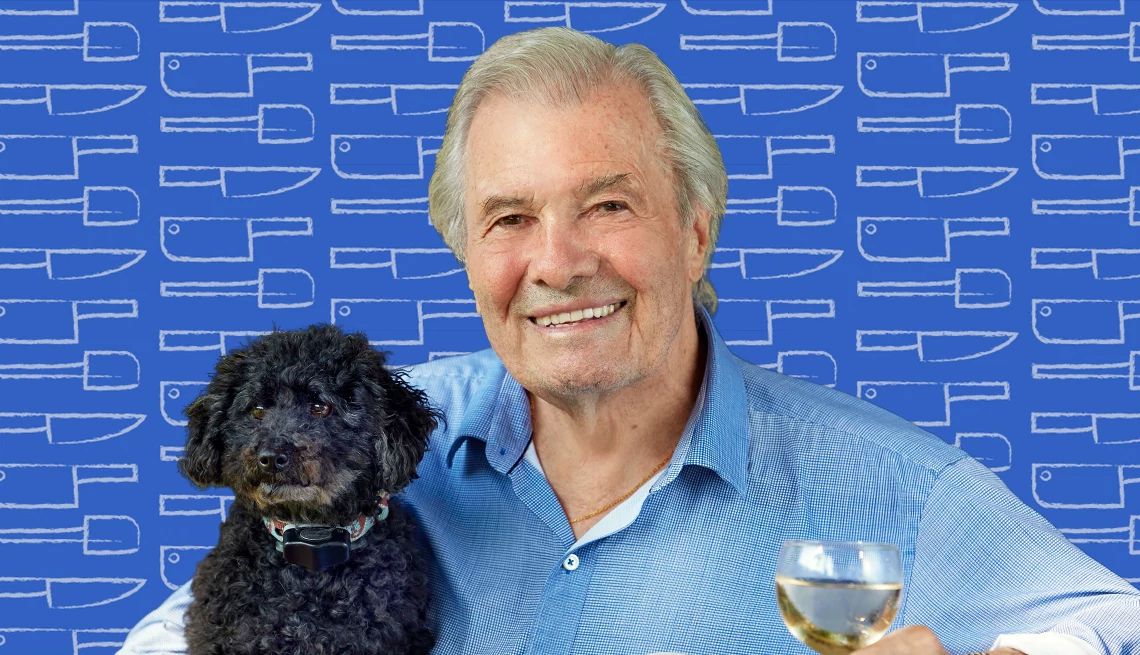AARP Hearing Center


Jacques Pépin, the legendary French-born chef, 88, knows to never waste ingredients. His new book, Cooking My Way: Recipes and Techniques for Economical Cooking, is packed with useful tips on helping chefs maximize their dishes while making sure nothing goes to waste.
Through more than 150 flavorful and streamlined recipes, Pépin, who often collaborated with Julia Child, guides readers to boost flavor with seasonal ingredients, buy just what is needed, eliminate waste and reduce steps in the kitchen. Beyond the culinary arts, his creative passions extend to painting. A prolific artist for more than 60 years, his charming works are peppered throughout the book. And realizing the transformative power of work in the kitchen, in 2016 he started his eponymous Jacques Pépin Foundation, which supports free culinary and life-skills training offered through community-based organizations. Here, the chef, artist and philanthropist talks about his love of painting, his friendship with Child and how you can maximize leftovers.
This interview has been edited for length and clarity.
Congratulations on the beautiful new book.
Oh, good. Yes, I have another one coming out next year.
You’re a cookbook-writing machine. How many will that be?
I don’t know. I think 35 or something like that? It’s hard [to count] because I did 13 series on television, and each one had a book. Then I did three series called Today’s Gourmet. I had three little books, and [the publishers] put those three little books together into a big book. So now, I don’t know whether I had one book or four books.
You’re turning 89 at the end of the year. How have your cooking and eating habits evolved over the last decade or so?






























































You Might Also Like
Mark Bittman’s Menu for Two
Try the recipes for Provençal Chicken, Dijon Deviled Eggs and individual Tiramisu
José Andrés’ Menu for Two
Grab the recipes for Seared Scallops with Tzatziki, Cypriot Potatoes and Watermelon and Feta Salad
5 Delicious BBQ Recipes
Try Ribs with Chipotle Pomegranate BBQ Sauce, Cauliflower Parmesan Steaks and more finger-licking good meals
Recommended for You